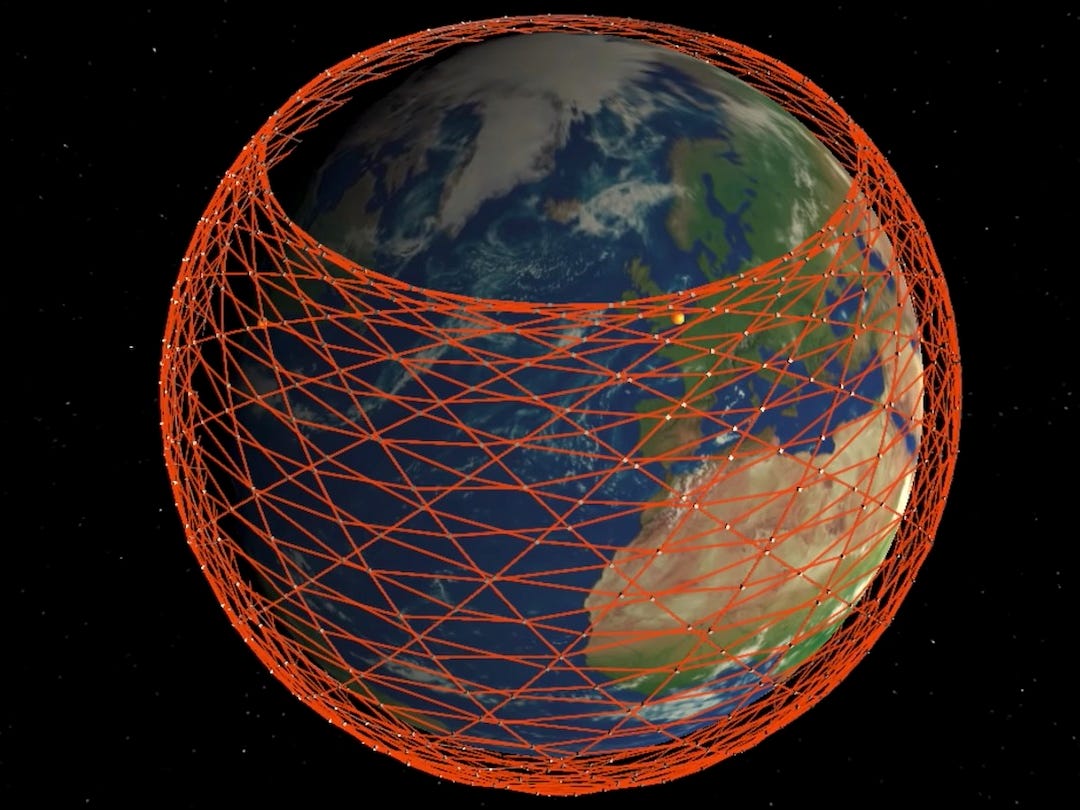Say what you want about Elon Musk, but the man has a foot in every yard. From co-creating Venmo in his early days, his broad vision saw him gazing around and above him. The economics and physics major quickly established himself as a budding engineer, then used his newfound capital to create Tesla and SpaceX. Not being content with succeeding in the money transfer, automobile and space exploration, Musk now unveils his newest foray: internet services. Meet what he calls ‘Starlink‘.
If that sounds out, recall that the multi-billionaire has advanced satellite technology as his disposal from SpaceX. The natural progression, at least until his Mars colonization dreams comes to fruition, is serve the Earth with it. You see, these satellites, incredibly powerful, possess the ability to beam strong, reliable internet connectivity down to customers. For about $100 a month, you too could enjoy this high-speed, premium connection.
The service provider claims to be up to three times faster than traditional terrestrial services
Starlink does not aim to mess around with what many already consider the mediocre standard customers get accustomed to. Conventional providers rely on fiber optic cables underground and relay stations, and experience noticeable latencies usually. To top that, users must deal with exorbitant rates for slow speeds. In fact, many geographical regions still do not have access to reliable internet connections. And not just underdeveloped nations; Australia suffers from the poorest internet speeds in the developed world.
However, it seems Starlink comes poised to unseat the Earth-based hegemony. The service, not only affordable given the speeds (the lowest tier averages at 50 MBPS), also offers low latency. That’s right, Musk and the team market the service as running at nearly thrice the traditional bandwidth of ground services. Here is the chart, as advertised:

However, there is still a catch when it comes to the advertised latency
Latency, also known as ‘ping’ in gamer circles, refers to the delay in data transfer. In a non-ideal, real world setting, latency may never reach zero, but the lower the better. Currently, most providers offer 20 to 30ms averages in ping, with strides made to reduce that number. However, at launch, Starlink reaches an unremarkable 20 to 40ms average. This may seem outrageous given the premium cost, but the company assures new customers that by next year that number will drop.
By 2021, owing to their upgraded hardware changes and maintenance of servers, the projected ping should drop. At least, that is according to the Starlink official guarantee. If they make good on this promise, the current state of latency may become a forgivable thing of the past. The company states that the ongoing COVID-19 pandemic and the infancy of the project require them to lay down remaining groundwork. By the summer of 2021, the latency should drop to less than 20ms, they promised.
The bandwidth and internet speeds saw a drastic increase in the past few months, as Starlink got better
The same chart, if you look at the x-axis, shows their roadmap of 2020 so far. Starting their initial stages in June at only a minor connectivity rate, by October it reached great speeds. That means in this entire past month, users received a whopping 80 MBPS, and 150 MBPS confirmed for later on.
This service, while stilll in its nascent stages, already comes with several anti-error measures. On the company’s official page, they mention the implementation of several precautions to keep the satellite running. Interestingly, one of these includes an anti-collision system to prevent asteroids or debris colliding with it.
For more on the future of Starlink, stay tuned!


